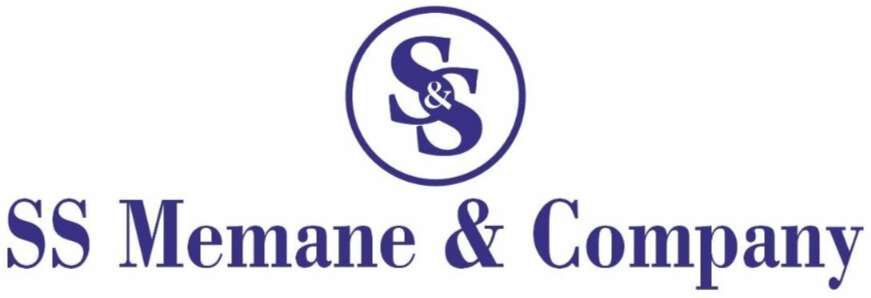LLP Strike Off
Quick Contact
Documents Required
- Affidavit
- Indemnity Bond
- Statement of Accounts
- Form 24
LLP Strike Off
LLP Strike Off refers to the process of legally dissolving a Limited Liability Partnership (LLP) by removing its name from the register of LLPs maintained by the Registrar of Companies (ROC). This process is initiated when the LLP is no longer carrying on business or is inactive. Upon strike-off, the LLP ceases to exist as a legal entity and is not required to meet statutory compliance obligations.
Key Aspects of LLP Strike Off
1. Overview:
- Purpose: To dissolve an LLP that is no longer in operation or required, thus removing it from the official register.
- Legal Framework: Governed by the Limited Liability Partnership Act, 2008, and the LLP Rules, 2009.
2. Types of Strike Off:
- Voluntary Strike Off: Initiated by the LLP when it decides to cease operations.
- Strike Off by ROC: Initiated by the Registrar of Companies when an LLP fails to file statutory returns or is not carrying on business.
Documents Required for Voluntary Strike Off
- Affidavit: From all partners confirming no business has been conducted and no pending liabilities.
- Indemnity Bond: Indemnifying against any future claims.
- Statement of Accounts: Prepared up to the date of application showing nil assets and liabilities.
- Form 24: Application form for strike-off.
- Consent of Partners: Written consent from all partners.
- Proof of Compliance: Confirmation that all statutory filings have been completed.
Process for Voluntary Strike Off
- 1. Eligibility:
- The LLP must not have carried on any business or operations for at least one year.
- The LLP must have no outstanding liabilities or debts.
- All partners must consent to the strike-off.
- 2. Partner’s Consent:
- Obtain consent from all partners for the strike-off decision.
- 3. Prepare Documents:
- Affidavit: An affidavit from all partners confirming that the LLP has not conducted any business and has no pending liabilities.
- Indemnity Bond: A bond from all partners indemnifying any potential claims against the LLP.
- Statement of Accounts: A statement of accounts prepared up to the date of application, showing nil assets and liabilities.
- 4. File Application:
- Form 24: File the application for strike-off using Form 24 with the ROC.
- Attachments: Include the affidavit, indemnity bond, statement of accounts, and consent of partners.
- 5. Public Notice:
- The ROC will publish a public notice on its website and in the official gazette for objections, if any.
- 6. ROC Review:
- The ROC will review the application and may request additional information or documents.
- 7. Issuance of Certificate:
- If no objections are raised and all conditions are met, the ROC will issue a strike-off certificate, officially dissolving the LLP.
- 8. Final Steps:
- Close Bank Accounts: Ensure all LLP bank accounts are closed.
- Settle Liabilities: Confirm that all liabilities and dues are settled.
Process for Strike Off by ROC
1. Identification:
- The ROC identifies LLPs that have not filed annual returns or financial statements or have been inactive for an extended period.
2. Notice:
- The ROC issues a notice to the LLP and its partners, informing them of the proposed strike-off action.
3. Response:
- The LLP can respond to the notice if it has valid reasons for continued existence or if it has rectified the non-compliance issues.
4. Strike Off Decision:
If the ROC does not receive a satisfactory response or if the LLP fails to comply with regulations, the ROC will proceed with the strike-off and publish the decision.
Advantages
Cost Savings: Eliminates ongoing compliance costs and administrative expenses.
Legal Closure: Provides formal legal closure of the LLP’s existence.
Avoid Penalties: Prevents further penalties for non-compliance with statutory requirements.
Clean Slate: Allows partners to focus on new ventures without the burden of an inactive LLP.
Disadvantages
Liability Risks: Directors may be liable for any claims or liabilities arising after the strike-off.
Limited Recovery: Once struck off, the company cannot be easily revived, and assets may be lost.
Legal Consequences: The company’s name cannot be used for a new company for a specified period.
Potential Disputes: There may be disputes with creditors or stakeholders if the company has unresolved issues.
- Copyright 2024 © SS Memane || Designed By || Mr. Sunil Memane


